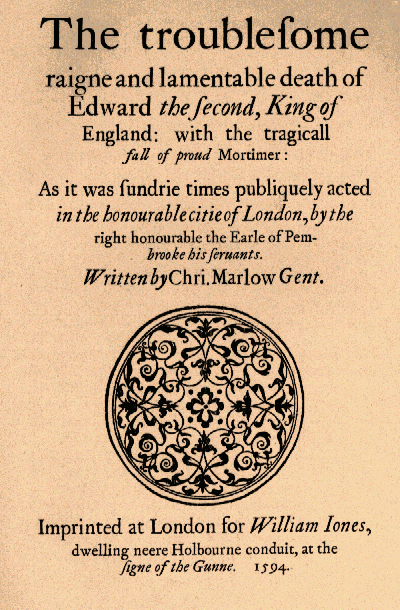 Derek Jarman died some time ago but there is currently a retrospective exhibition of his work on in the Irish Museum of Modern Art, and I think it is worth your time. I somehow found myself at the opening, where there was free beer, which meant I had a quick viewing but will need to go back to examine it in more detail. The exhibition has considerable audio-visual elements to it, with various of his film work being shown there, including Super8 classics like A Journey to Avebury and the various pop videos he directed (the latter sadly being shown in non-ideal circumstances - a monitor in a corridor at a small-child's eye level).
Derek Jarman died some time ago but there is currently a retrospective exhibition of his work on in the Irish Museum of Modern Art, and I think it is worth your time. I somehow found myself at the opening, where there was free beer, which meant I had a quick viewing but will need to go back to examine it in more detail. The exhibition has considerable audio-visual elements to it, with various of his film work being shown there, including Super8 classics like A Journey to Avebury and the various pop videos he directed (the latter sadly being shown in non-ideal circumstances - a monitor in a corridor at a small-child's eye level). The Irish Film Institute has been showing a season of his feature films. Last week I caught his Caravaggio from 1986, which deals impressionistically with the painter's life, focussing in particular on his relationship with a Roman bruiser (who becomes his model) and the bruiser's wife, played by Sean Bean and Tilda Swinton respectively; this was one of Bean's first screen roles and he starts as he means to go on. Caravaggio himself is played by Nigel Terry while various other stars of the British stage and screen show up in a variety of roles. The film looks stunning, despite its all having been filmed indoors in some bunker complex, with the lighting deliberately mirroring the chiaroscuro effect of Caravaggio's art. It is in some respects impressionistic rather than plot based, but that is not a criticism.Caravaggio is rather focussed on the artist's homosexuality, with one particularly memorable and homoerotic scene being the one where the painter throws gold coins to the topless bruiser, who takes them in his mouth. Nevertheless, the film is somewhat restrained in its depiction of homosexuality: although Jarman was keen to push the envelope, there was only so far it could be pushed in 1986. In other respects the film sanitises Caravaggio's life, downplaying the extent to which he was always killing people in drunken brawls. But it remains a classic of arthouse cinema that I recommend to all readers. If stuck for time the Pet Shop Boys video for 'It's A Sin' is the redux version. Yesterday I saw Jarman's Edward II, from 1991. Adapted from Christopher Marlowe's play (from 1594 or thereabouts). This film is more focussed on narrative than Caravaggio, but it similarly rejects realism, being shot entirely in what seems to be a concrete bunker with anachronistic elements deliberately embraced. It tells the story of that unfortunate king, whose love for another man shocks the establishment, ultimately leading to his overthrow and murder. Tilda Swinton plays the Edward's queen, whose neglect by her husband drives her into the arms of Mortimer, his main enemy (played in turn by Nigel Terry). I felt a bit like the king's enemies got the better roles here, with Swinton and Terry shining over Steven Waddington as Edward, though I was also impressed by Andrew Tiernan as Gaveston, the king's lover. In contrast to Caravaggio, this film really goes for it in terms of gayness, with the opening scene being Gaveston learning that he is free to return to England while two sailors get it on in the bed he is sharing with them. Jarman tries to
 present Edward as some kind of gay rights martyr, with at one point his army being a load of protesters waving Outrage banners, but I remained somewhat unconvinced - Edward still comes across as a weak figure and the author of his own misfortunes, who is unwilling to subordinate his private fancies to the needs of the state (compare with Shakespeare's Henry V and his renunciation of Falstaff on his accession to the throne). Nevertheless, the film is a fascinating piece of work, which left me eager to investigate further both the work of its director and the playwright on whose work it is based.
present Edward as some kind of gay rights martyr, with at one point his army being a load of protesters waving Outrage banners, but I remained somewhat unconvinced - Edward still comes across as a weak figure and the author of his own misfortunes, who is unwilling to subordinate his private fancies to the needs of the state (compare with Shakespeare's Henry V and his renunciation of Falstaff on his accession to the throne). Nevertheless, the film is a fascinating piece of work, which left me eager to investigate further both the work of its director and the playwright on whose work it is based.images:
Derek Jarman (The Quietus)
Title page of 1594 printing of Christopher Marlowe's Edward II (Wikipedia: Edward II of England)
No comments:
Post a Comment